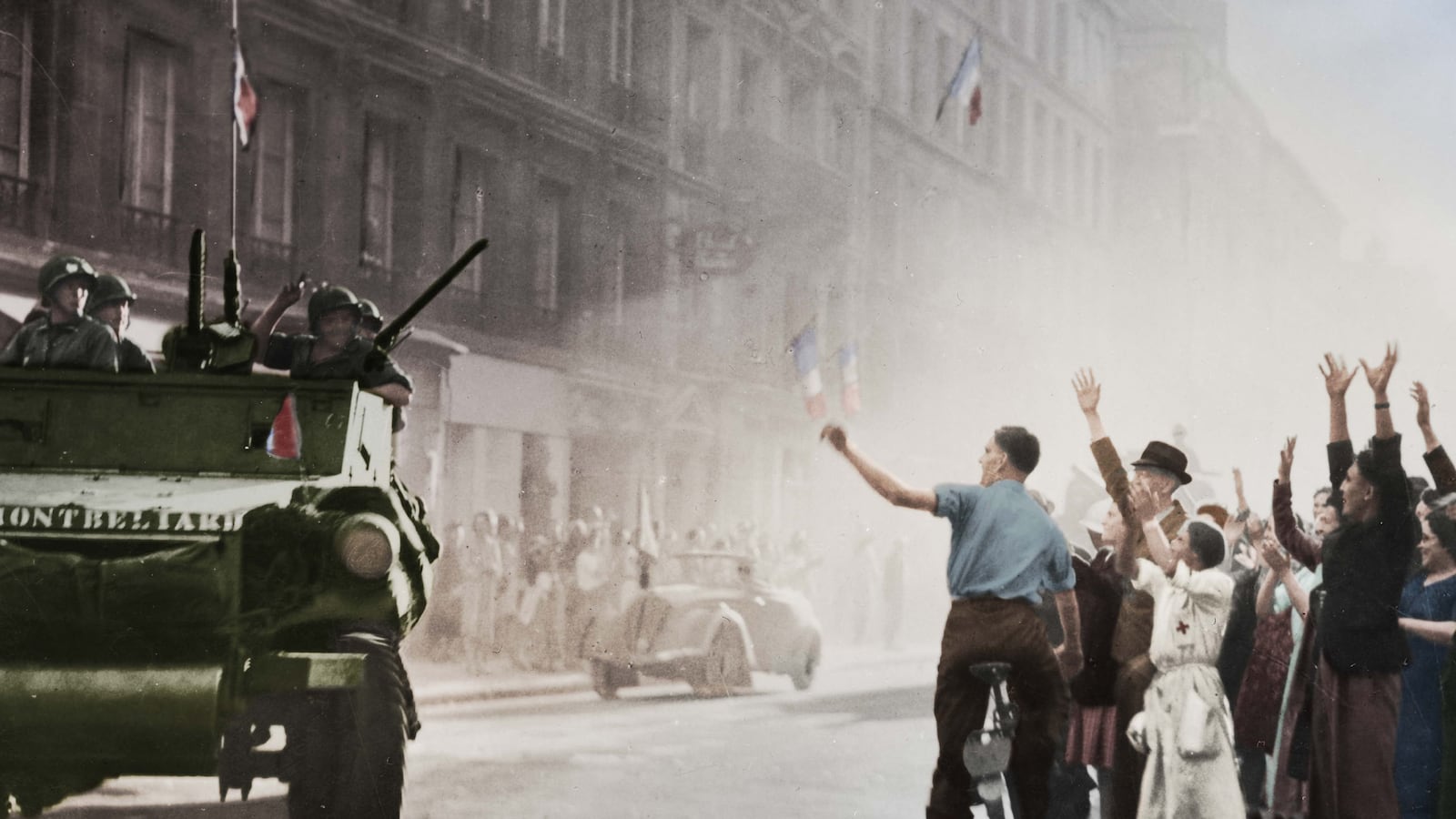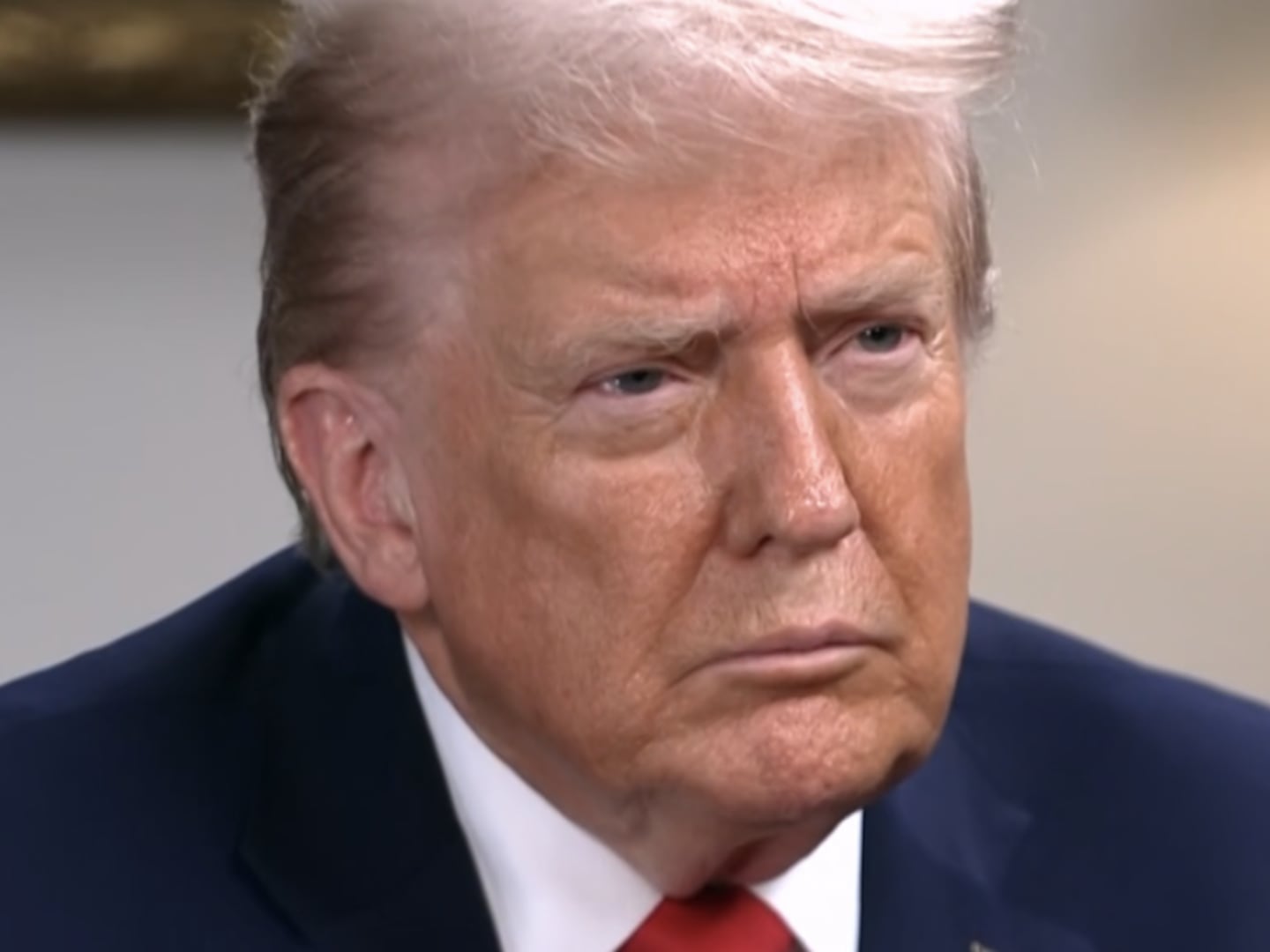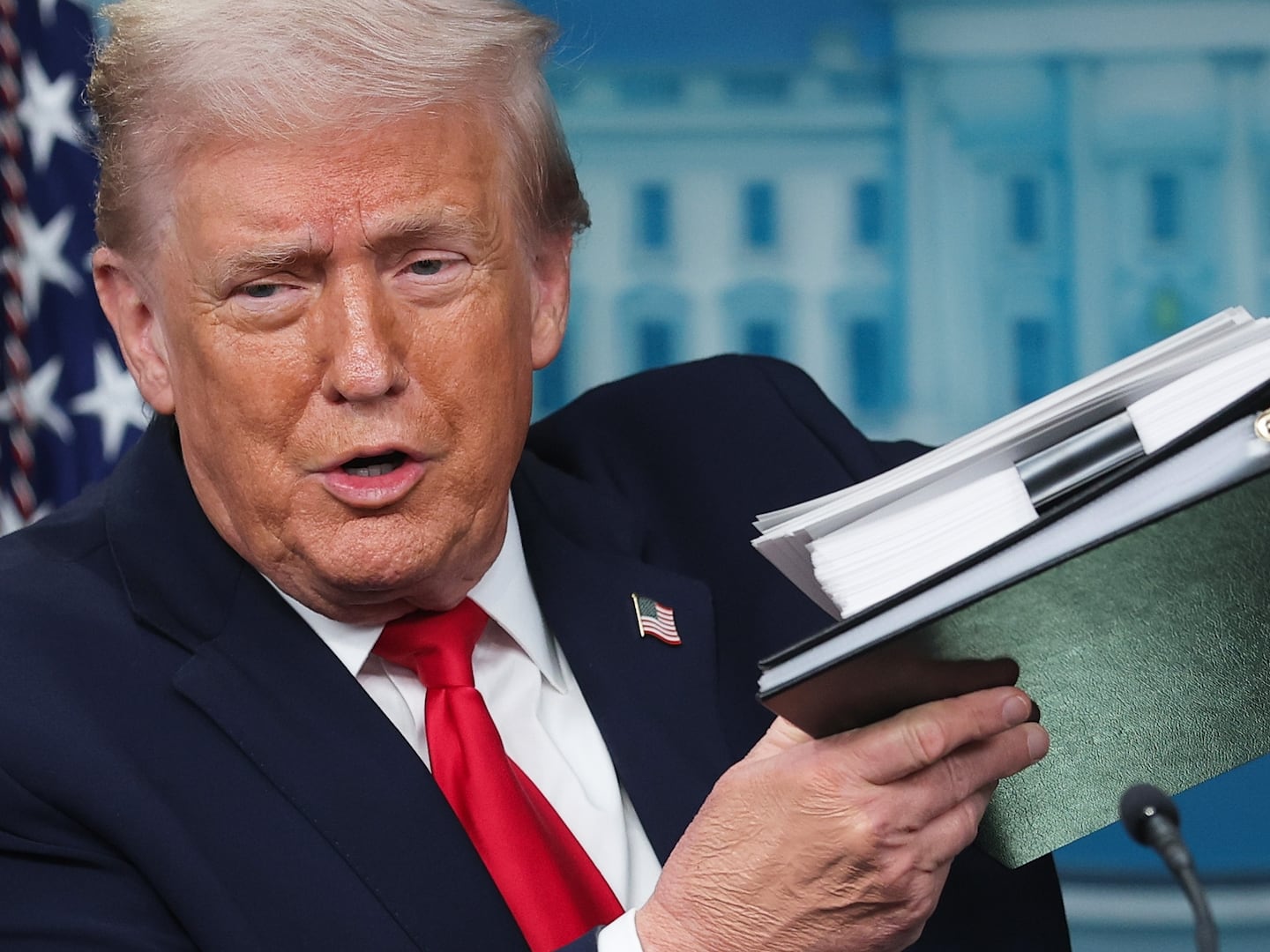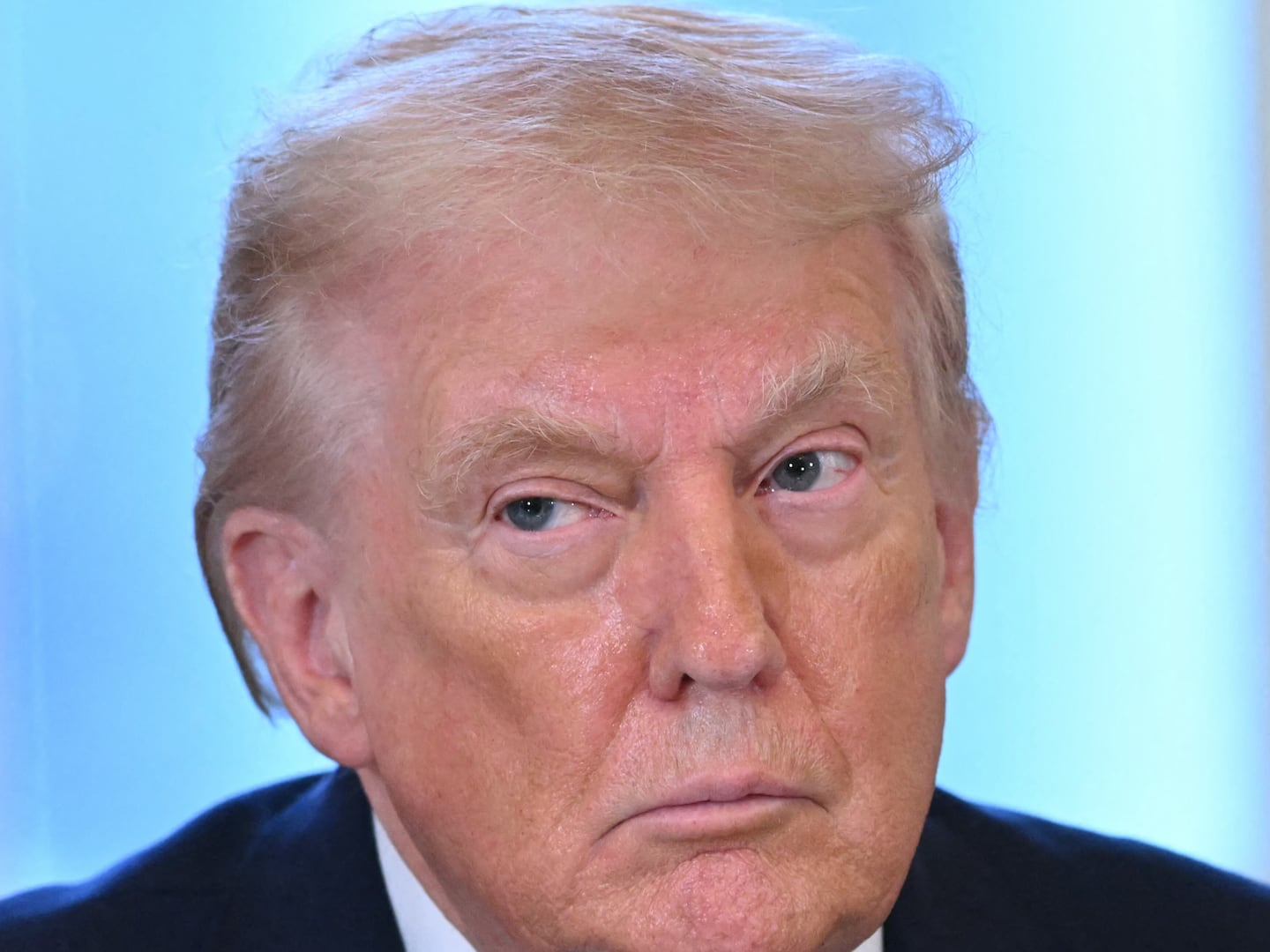This month Paris will celebrate the 70th anniversary of its escape from German occupation. For the citizens of that city, this event has a deeper, more sentimental meaning than even D-Day. Yet, as with so many French memories of World War II, the Liberation of Paris has a complicated history.
A small plaque on the Quai de la Hôtel de Ville, near Paris’s city hall, reads:
“To the Spanish Republicans: Main Component of the Dronne Column.” Few walk past this isolated wall today, and even fewer would know to what the memorial refers. It is a reminder—and an afterthought (dedicated on August 24, 2004)—that indeed many non-French fighters had helped to liberate the City of Light.
The first “French” soldiers Parisians saw late on August 24, 1944, and at dawn the next morning, were most likely Spanish veterans who had fled Franco’s army in 1939, at the end of their civil war. Led by a Frenchman, Captain Raymond Dronne, they had entered Paris on that Thursday night to the sounds of the great bells of Notre-Dame. This Spanish detachment of the Free French Army, also known as “la Nueve” (from the French neuvième régiment), wore U.S. military gear, and drove U.S. tanks decorated with the Gaullist Cross of Lorraine, but they proudly carried as well such names as “Guadalajara,” “Ebro,” and “Teruel,” sites of grand battles during their own cruel war. The “Nueve” was representative of the quite heterogeneous forces that retook the city.
Generals Eisenhower and Bradley had not been eager to chase the Germans from Paris, focused as they were to push through France, rush into Germany, and end the war before Christmas. Taking a large metropolitan area meant having to defend it, feed and protect its population, and maybe even fight a protracted German resistance. Ike knew that Hitler had ordered that Paris be held to the last, then destroyed if retreat became inevitable, but the Allied Supreme Commander was preoccupied with supplying his own fast-moving army.
Breathtakingly persistent, Charles de Gaulle threatened to call for an urban insurrection, thereby exposing Parisians to a massacre if the Allies did not help win back their capital. He had other worries too: French Communists were fast organizing to counter his plans for governing; and, the loosely disciplined Free French Army unsettled this strictly military man.
Still essentially ignored by the Allies, in a fit of insubordination, he ordered General Philippe Leclerc’s Second Armored Division to break off from the U.S. Fifth Corps, and to rush to Paris in U.S. tanks and using U.S. materiel, but without U.S. air cover. Crowds of joyful Frenchmen blocked the roads, and slowed their approach to the capital where an insurrection had indeed begun: street furniture, ripped up chunks of macadam, downed trees—all were used to block major arteries. But the efforts were more symbolic than effective. The Germans were trying to leave, and with their tanks and heavy weapons, they were much better armed than the insurrectionists. Finally, an exasperated Eisenhower ordered the support necessary to help recover Paris. A wavering, but canny Wehrmacht General Dietrich von Choltitz finally surrendered it on August 25.
Immediately after the liberation, Charles de Gaulle proposed the myth that its citizens had freed Paris, with help from the Free French Army. But he failed to mention that some of the most courageous members of that army were Jews from Poland, Germany, and Hungary, Spanish anarchists, North African Arabs and Berbers, Senegalese and other West African soldiers, and numerous other nationalities in the Foreign Legion. Of course, without American logistical aid, the insurrection would have ended in tragedy.
Amazingly, to show his political competitors that he had Allied backing, a still apprehensive de Gaulle asked General Eisenhower to have units of the U.S. 28th Infantry Division march down the Champs-Élysées on August 29. Leclerc’s division accompanied them.
But there were two major absences in that parade: given France’s long mistrust of their island kingdom, the British were not invited to participate, despite their moral and material support to the Free French. And the U.S. command demanded that the black Senegalese not be included. Paris, it would appear, had been liberated solely by indigenous Frenchmen: citizens, irregulars, and soldiers. But it should be remembered that they had had crucial help from a substantial group of foreigners.
The plaque honoring “la Nueve” speaks to how memory is often overlaid by the hedging of history.
Ronald C. Rosbottom is the author of When Paris Went Dark: The City of Light under German Occupation, 1940-1944 (Little, Brown, Inc. 2014).





